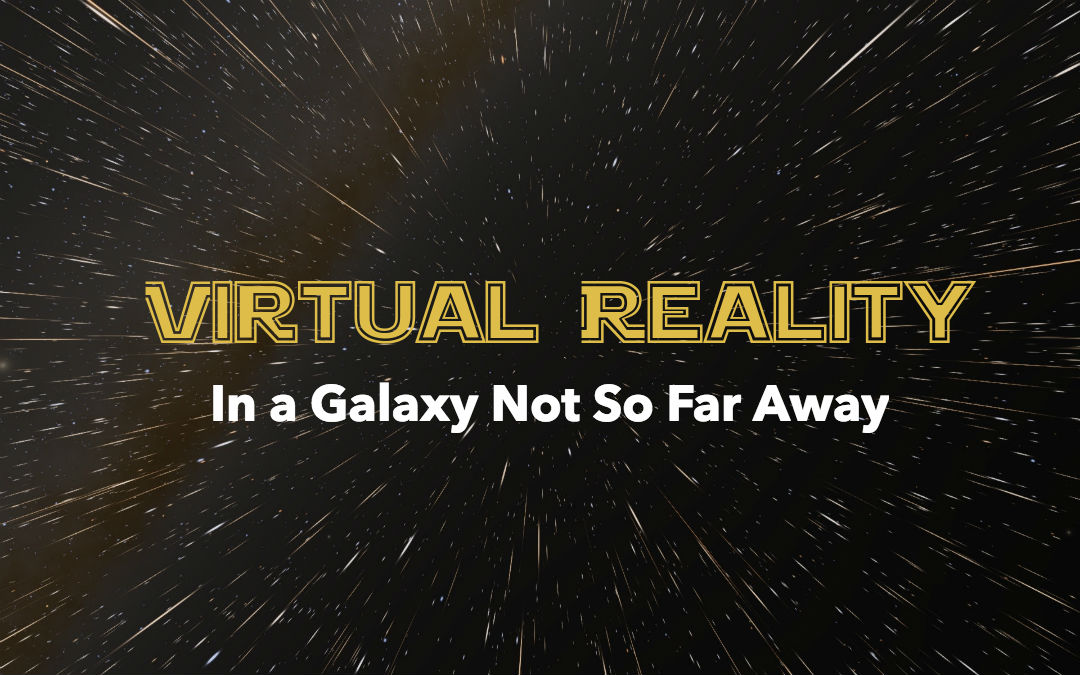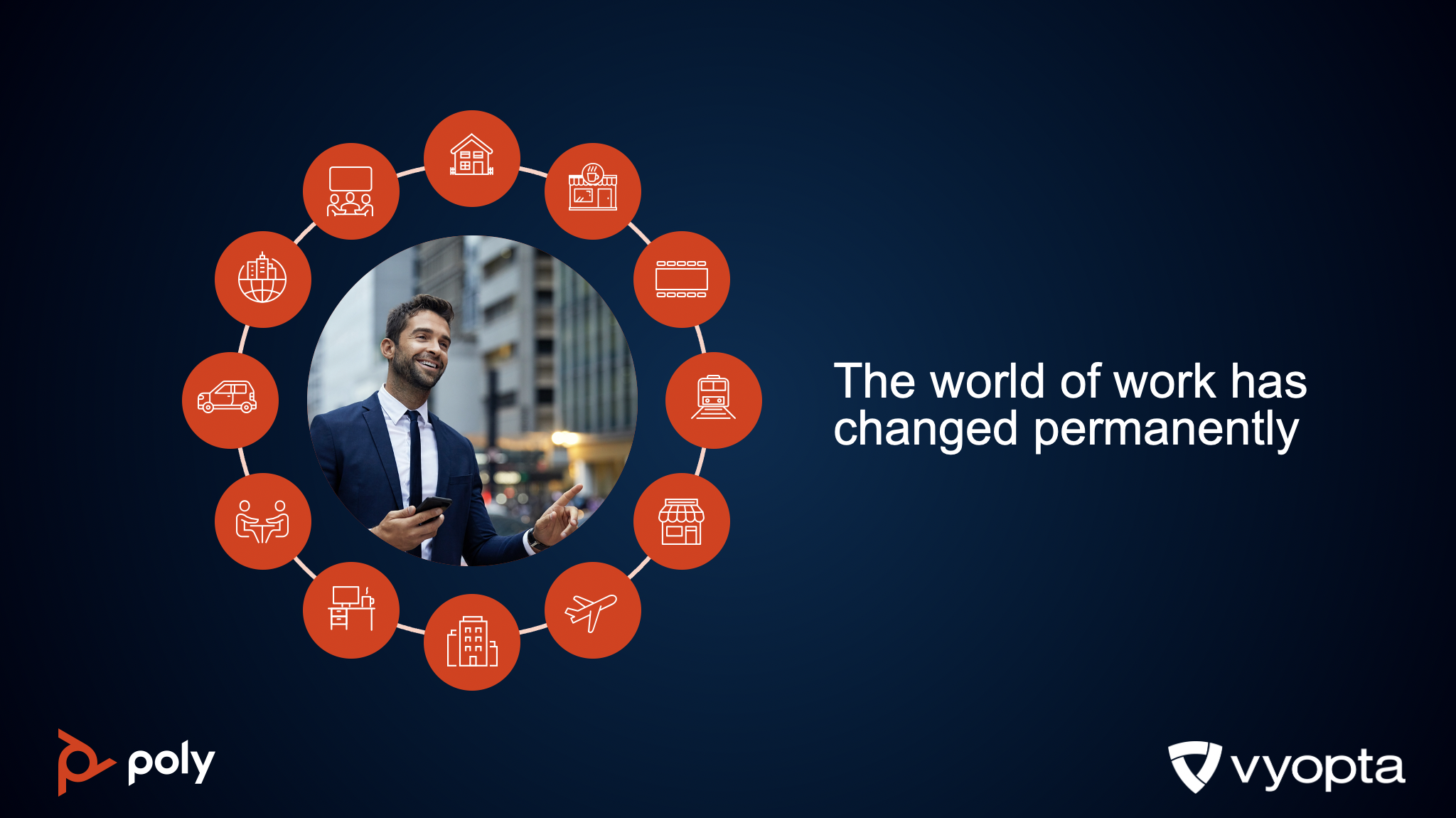
Ever wish you were born in the Star Wars universe where holographs and hyperdrives exist for faster communication and traveling purposes?
Putting aside the idea of reaching hyperspace, today’s technology is making it possible to develop futuristic abilities at a faster pace than ever before, especially with Virtual Reality (VR).
A VR Future
Facebook IQ states that 66% of people surveyed in the US believe VR will soon become a part of everyday life. In fact, within the next 10 years, Goldman Sachs, a multinational financial management firm, predicts VR to become larger than television while generating $110 billion in revenue. Of course, VR still has a long way to go for broad adoption as it continues to improve its user experience, but the potential it has for communication and collaboration is unprecedented.
VR’s Next Steps in Communication
As collaboration tools progress, VR paves the way to take communication to the next level. It allows real time, face-to-face communication worldwide enabling people to feel physically engaged in settings and experiences without actually being there. It is also shown to possess a broad appeal with an inclusive audience (i.e. men, women, adults, kids, introverts, extroverts).
In a study conducted by Neurons Inc, a biotechnology company that helps businesses better understand conscious and unconscious responses, VR has the ability to let users feel connected and engage authentically within the virtual environment. By requiring all participants to wear EEG headsets, they were able to analyze participants’ brain signals and measure their level of comfort and engagement.
How VR Will Affect Communication
The results of this experiment were astounding. They found participants to be inclined to lean into conversations and found it easier to do so as time passed. Researchers also established the participants more likely to develop genuine relationships with the people they were meeting for the first time while keeping a positive attitude throughout the entire trial.
These findings are all indicators that VR is raising the bar for communication. With people being set in favorable environments, they can feel more at home than ever in an alternate reality. This will allow for both work and social relationships to be developed quicker as comfort and trust levels are deepened in the virtual world.
With the ability to meet in Virtual Reality, organizations will be able to cut costs and time from traveling, thus allowing them to sustain control over their finances and organization.
Video As a Pathway to VR
Today, telepresence and video chats are paving the way for more real time communication. They’ve become a staple in conference rooms and more pervasive in our everyday lives as even our communication apps allow us to see the person on the other side of the call.
As we progress in this movement of video being used in the workplace, VR presents infinite possibilities to create a more engaging, well-rounded experience to interact either one-on-one or one-with-many. The continuous growth in this nascent technology space most definitely exposes its unquestionable potentiality over the coming years in a variety of industries. Perhaps it is the next generation version of video communication!
Keeping with the idea of VR being the next transformation for video communication, Facebook IQ affirms people in the US can see themselves using VR for travel, shopping, entertainment, and work in the near future. The Leading Edge Consumers (LECs) also expect the top three VR activities to be undertaken are education, design and communication. How are you thinking about VR and Video Collaboration to enhance your environments?

Dominique Ramirez is passionate about the intersection of innovation, communication and technology. She writes about unified communications, leadership, customer success, and other technology trends. .



.png)
.png)